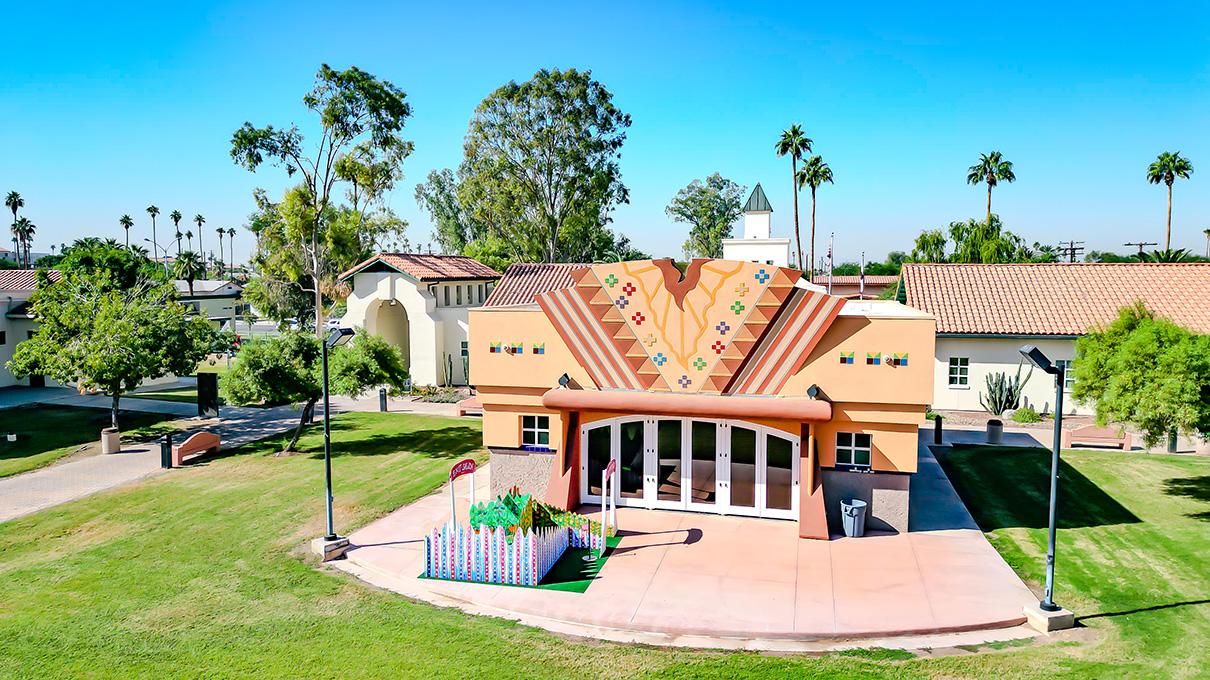Influencing Indigenous Health Equity In Social Media Research & Medicine
SDSU-UCSD Joint Doctoral Program student tackles health disparities in American Indian and Alaska Native communities as a medical student and Ph.D. candidate.

Alec Calac of the Pauma Band of Luiseño Indians doesn’t identify as an Indigenous Influencer per se. But his research on social media’s impact on tribal youth and health disparities among Indigenous populations and minority communities has captured national attention from influential leaders in academia, politics and medicine.
“I’m always thinking about how my work can help my community and vice versa,” said Calac, a fifth-year medical student and Ph.D. candidate in the San Diego State University Joint Doctoral Program (JDP) in Global Health with the University of California San Diego. “My research focuses on medical education and workforce development, tribal public health, vaccine hesitancy, misinformation spread, and social media use.”
Calac’s most recent research publication and academic presentation examined genomic blockchain applications in Indigenous communities and social media surveillance of “traditional tobacco.” Traditional tobacco refers to tobacco and other plant mixtures grown, harvested, and used by American Indians and Alaska Natives for ceremonial or medicinal purposes.
“Technological advances have enabled the rapid generation of health and genomic data, though rarely do these technologies account for the values and priorities of marginalized communities,” Calac said.
In most marginalized communities, public health priorities often intersect with historical oppression and poverty. Native Americans suffer the highest poverty rate of any major racial group in the country, according to data from Poverty USA, with one in four tribal members in the U.S. living below the federal poverty threshold, meaning the income for a family of four is less than $27,500 yearly.
The implications are staggering, considering more than seven million people or about 2% of the entire country’s population are American Indian and Alaska Native (AIAN), according to the U.S. Census Bureau. California is home to 750,000 tribal members, and San Diego County has 18 Native American reservations including the Pauma Band of Luiseño Indians in North County’s Pauma Valley. But, the majority of the region’s 25,000 tribal members do not live on reservations.
Calac grew up with his family in Escondido. His father, Dr. Daniel Calac, graduated from SDSU in 1995 and became the first physician from the local Pauma Band of Luiseño Indians, which Calac said inspired him from an early age.
“My family has always demonstrated to me the importance of service to the community and others. I see no greater way of living,” Calac said. But he noticed a lack of representation in textbooks.
“When curricula have no meaningful inclusion of the determinants of Native American health, you are often forced to become the textbook,” he further explained. “Your peers look to you for answers, which can be a burden when you're one of the only students in your class with that identity.”
Now, as the president of the National Association of Native American Medical Students, Calac relentlessly advocates for increased enrollment and support of Indigenous students in medical schools.
“Representation matters. Health outcomes are better when Native American doctors serve Native American patients. Furthermore, we are more likely to fill physician vacancies in our communities.”
Although he’s still a busy graduate and medical student, Calac’s research and work in advancing Indigenous inclusivity have earned him national recognition. Among the many awards received in 2022, Calac was named a “40 Under 40” Leader in Minority Health by the National Minority Quality Forum and was selected as a member of the White House Leaders in Health Equity Roundtable Series.
“The Health Equity Roundtable is a unique opportunity that brings together health, technology, and innovation professionals to address social determinants of healthcare,” said Calac. “It’s a broadening experience to learn what the White House is doing about health disparity issues and new health policies.”
Calac anticipates earning his Ph.D. and a medical degree in the next couple of years. Afterward, he said he wants to continue influencing and changing health priorities, practices, and policies for AIAN and minority communities.
“I hope to have a career in health policy and share my time between clinic and academia as a community-centered physician-scientist.”


